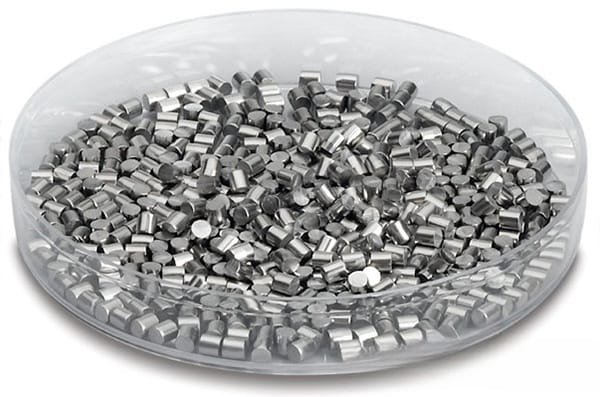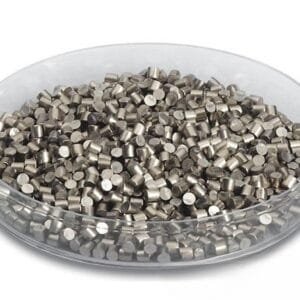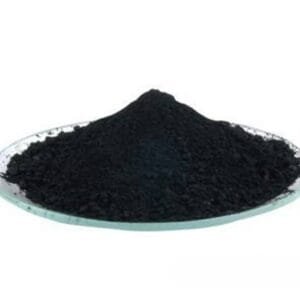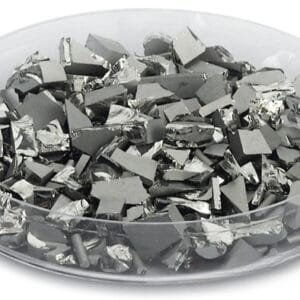Nickel Iron Evaporation Materials Overview
Nickel and iron are two of the most abundant elements in the Earth’s core and are extensively utilized in modern industry. Both metals are ferromagnetic, ductile, and excellent conductors of heat and electricity. Naturally occurring nickel-iron alloys are commonly found in meteorites and are often evaporated under vacuum conditions to form thin films, which are crucial in the production of semiconductors and magnetic storage media.
TFM offers high-purity nickel-iron evaporation materials, composed of a nickel (Ni) and iron (Fe) alloy. These materials are essential for achieving high-quality deposited films in various deposition processes. TFM specializes in producing evaporation materials with purities of up to 99.9995%, ensuring reliable performance through stringent quality assurance practices.
Related Products: Nickel Evaporation Materials, Iron Evaporation Materials
Applications of Nickel Iron Evaporation Materials
TFM’s nickel-iron evaporation materials are widely used in several advanced applications, including:
- Deposition Processes: Vital for semiconductor deposition, chemical vapor deposition (CVD), and physical vapor deposition (PVD).
- Optical Applications: Employed in wear protection, decorative coatings, and display technologies.
Packaging and Handling
Our nickel-iron evaporation materials are carefully packaged to prevent any damage during storage and transportation, ensuring that they maintain their high quality and are ready for immediate use.
Contact Us
TFM is a leading provider of high-purity nickel-iron evaporation materials, available in various shapes such as tablets, granules, rods, and wires. Custom forms and quantities can also be arranged to meet your specific requirements. Additionally, TFM supplies a wide range of evaporation sources, boats, filaments, crucibles, heaters, and e-beam crucible liners. For current pricing or inquiries about materials not listed, please contact us directly.
Ordering Table
| Material | Size | Quantity | Purity | Part Number |
| Nickel/Iron | Nickel Iron (81/19 wt%)1/8" Dia. x 1/8" Length | 100 g | 99.95% | EVMNIFEEXE-D |
| Nickel/Iron | Nickel Iron (81/19 wt%)1/4" Dia. x 1/4" Length | 100 g | 99.95% | EVMNIFEQXQ-D |
| Nickel/Iron | Nickel Iron (81/19 wt%)1/4" Dia. x 1/4" Length | 200 g | 99.95% | EVMNIFEQXQ-H |
| Nickel/Iron | Nickel Iron (81/19 wt%)1/8" Dia. x 1/8" Length | 25 | 99.95% | EVMNIFEEXE-A |


 MSDS File
MSDS File



Reviews
There are no reviews yet.